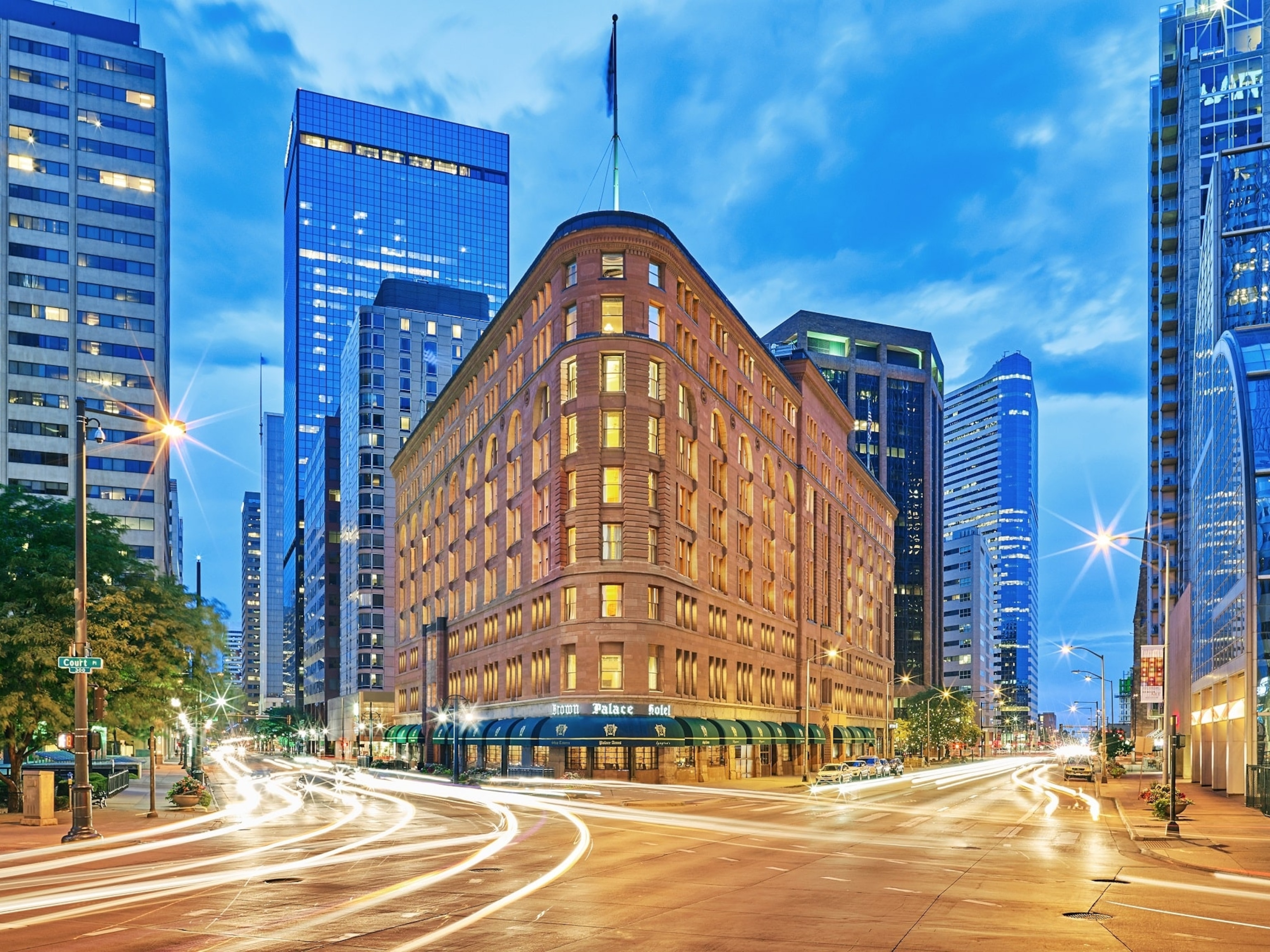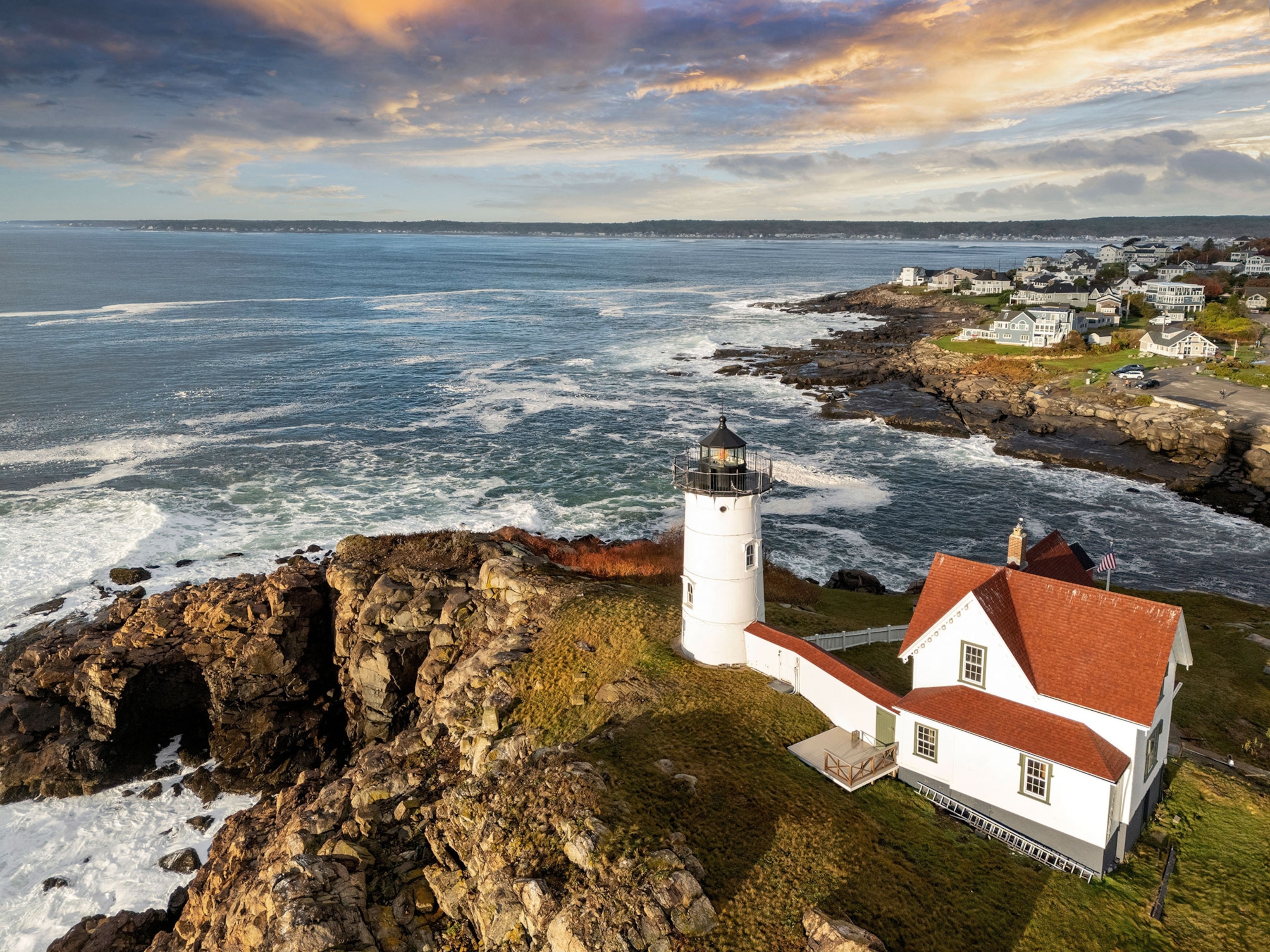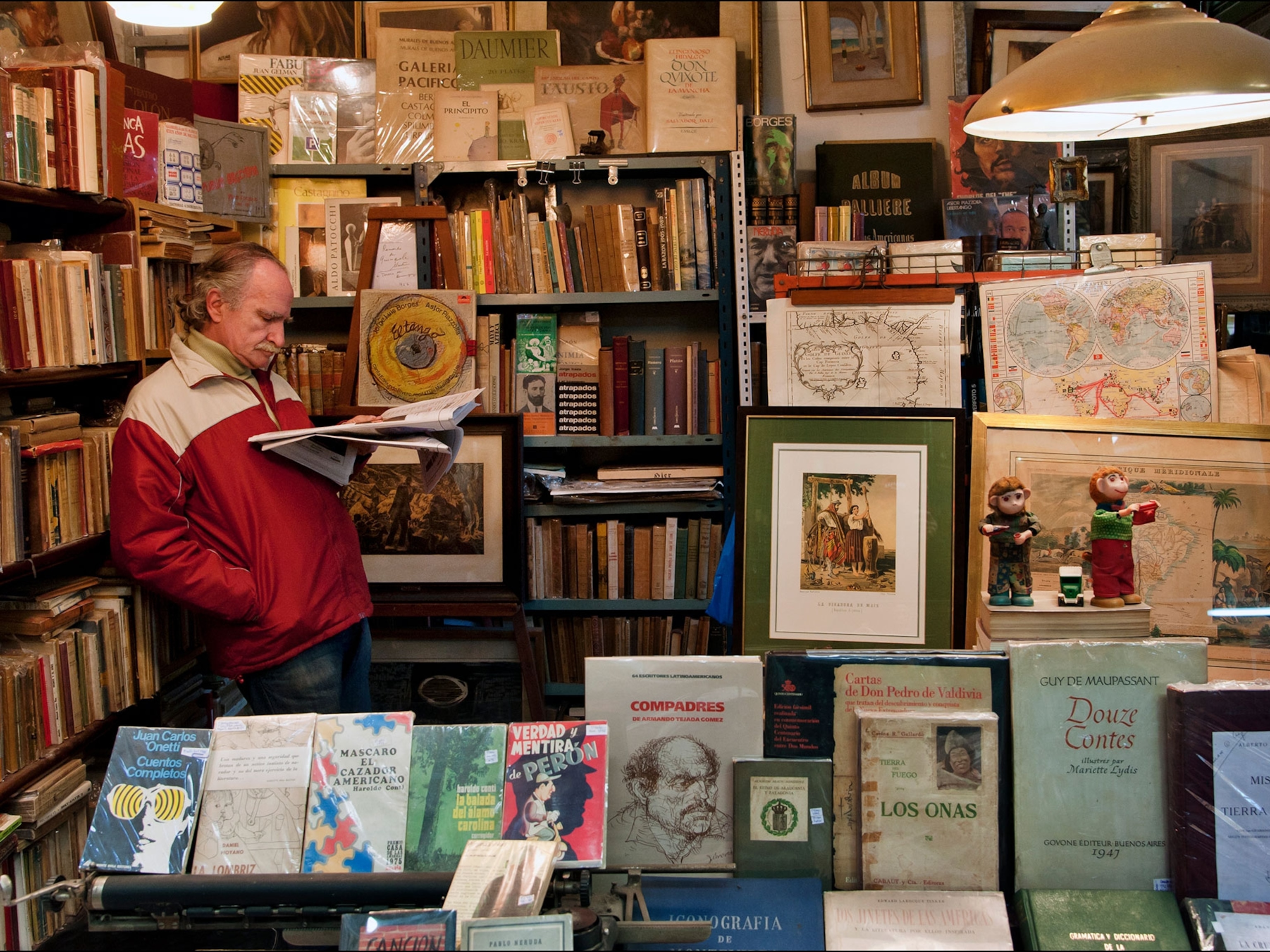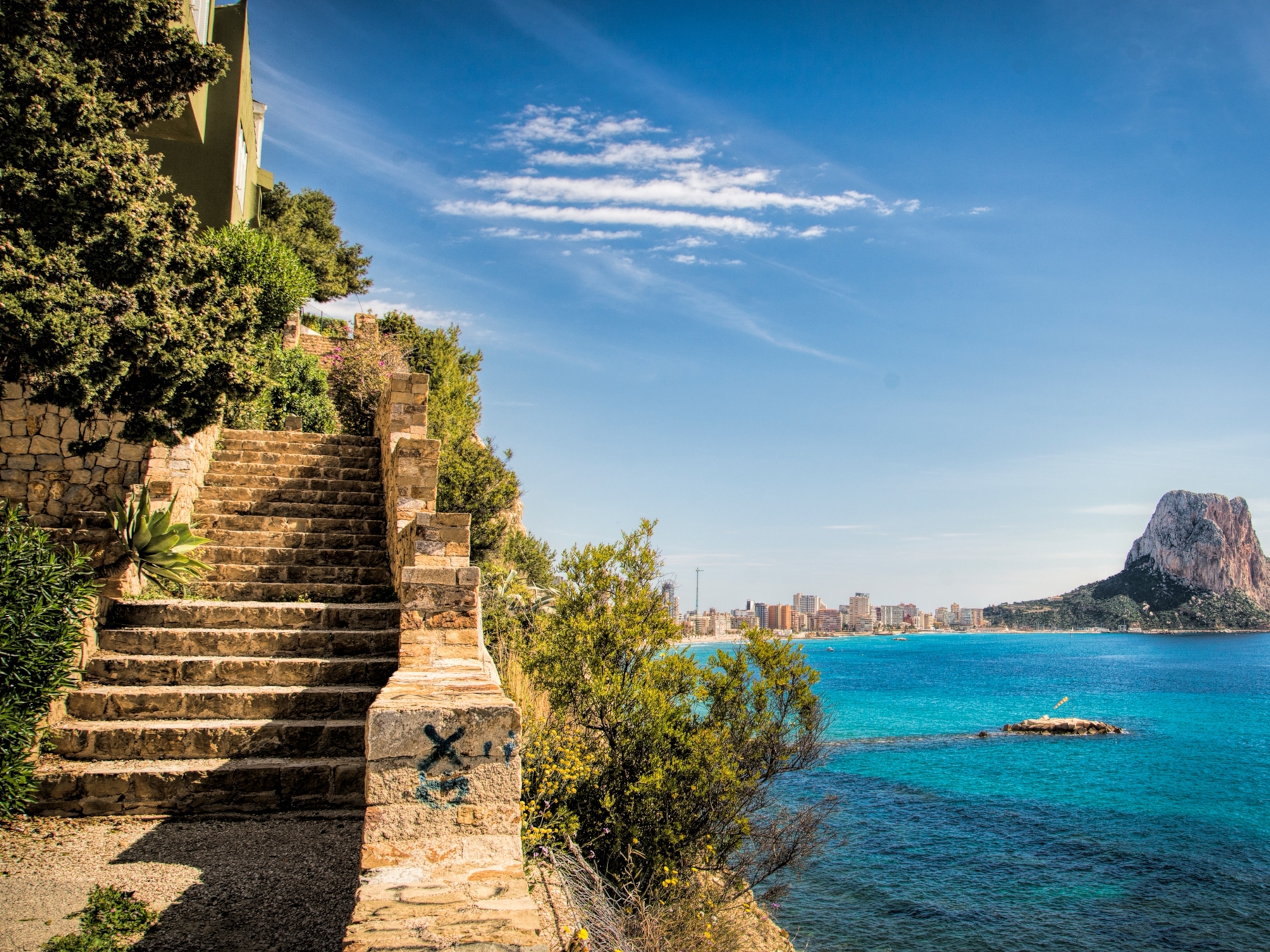
Just Back: Cusco, Peru
Travel photographer and writer Erika Skogg (on Instagram @ErikaSkogg) spends most of the year guiding students on photography trips with National Geographic Expeditions. She recently returned from a journey through Peru, a trip she has been lucky enough to have done many times before, including a lengthy stop in Cusco.
Better known today as the gateway to Machu Picchu, the ancient city was the historic capital of the Inca Empire from the 13th century until the Spanish arrived in the 1500s.
Here are some of the high points of her trip, in her own words:
Biggest selling point: You can just feel the energy of past generations here, walking the ancient stone streets and passing through oversize doorways once reserved for Inca royalty.
In Cusco, a World Heritage site, two extraordinary cultures literally sit one on top of another—throughout the city, massive Inca stonework supports colonial Spanish balconies.
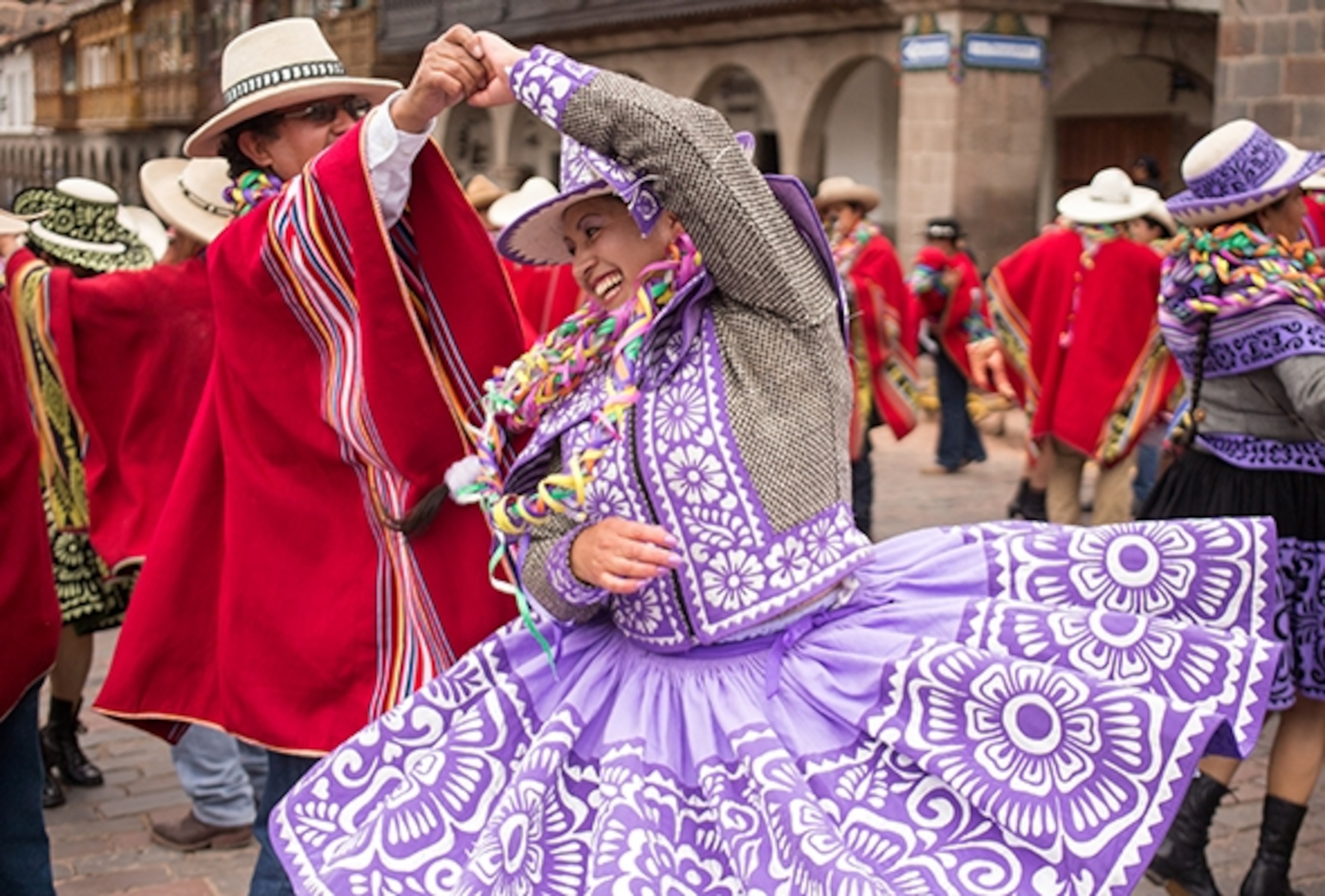
Likewise, the local cuisine is a delicious blend of European influences and Andean ingredients, like giant (and genetically unmodified) corn. The cultural melding can also be witnessed in places of worship, such as Cusco’s principal Catholic cathedral—itself built on the site of an Inca temple—where indigenous Quechua beliefs can be detected in depictions of the Virgin Mary.
Must-attend event: While heading out to grab a morning coffee, I happened upon a procession that was slowly wrapping its way around Plaza de Armas, Cusco’s historic main square. I had lucked out and made it just in time for the city’s Carnival!
If you time your visit in February or early March, you too can experience dancers wearing traditional garb adorned with agricultural elements such as cornstalks to celebrate fertility—in both crops and new couples.
Right on time, in about nine months’ time, the people will then celebrate Bautizo de Los Guaguas, or the Baptism of the Babies.

Memorable moment: So far, one of my favorite moments as a travel photographer occurred just outside of Cusco in the mountain village of Qenqo.
I wanted to spend some time with the local women to get a feel for their daily lives, and was invited to join a few of them while they were herding llamas, alpacas, and sheep back to town for the night.
The entire afternoon was surreal, and magical. Get in touch with a local travel agency like Andean Exclusive Tours and ask them if they can help set up an experience like this for you.
Doable day trip: One of my favorite things about Cusco is getting to spend so much time soaking up the fresh mountain air and sunshine. To see Cusco from a different vantage point, spend a day at Sacsayhuaman, a zigzagging stone citadel located on a steep hill overlooking the city. It’s a great place to marvel at the mysterious perfection of Inca architecture, as well as ponder the empire’s unfortunate fate at the hands of the conquistadors.
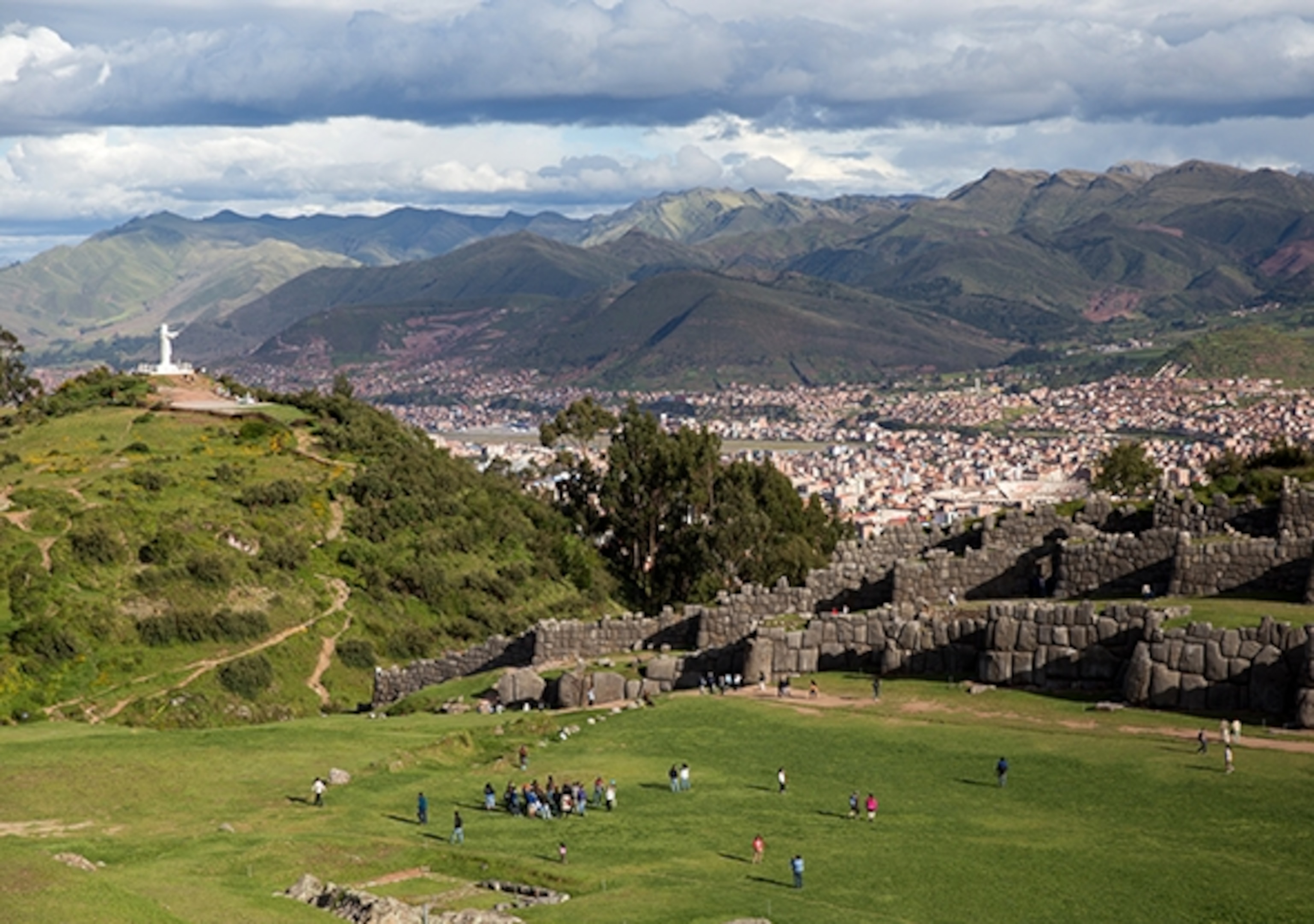
Tip: If you catch a sunny afternoon, I’d recommend grabbing a taxi up the hill to save your energy for enjoying the walk down through town.
Memorable culinary experience: Each time I’m with a student group in Peru, I like to order a cuy (guinea pig) for the table. You can ask for it to be served precarved into separate servings, but it’s a bit of a shock to see the small mammal many people keep as pets roasted and presented on a platter.
Give it a try in the open-air courtyard of Pachapapa, one of Cusco’s top-rated traditional Andean restaurants, located in the bohemian district of San Blas.
Authentic souvenir: If you’re looking for high-quality Peruvian handicrafts, invest in the Chinchero Weaving Organization.
- National Geographic Expeditions
While you can pick up handmade souvenirs and sign up for a demonstration at the Center for Traditional Textiles, in Cusco, I recommend taking a short trip (less than 20 miles) to Chinchero, where you can meet the weavers and watch them practicing their craft in person.
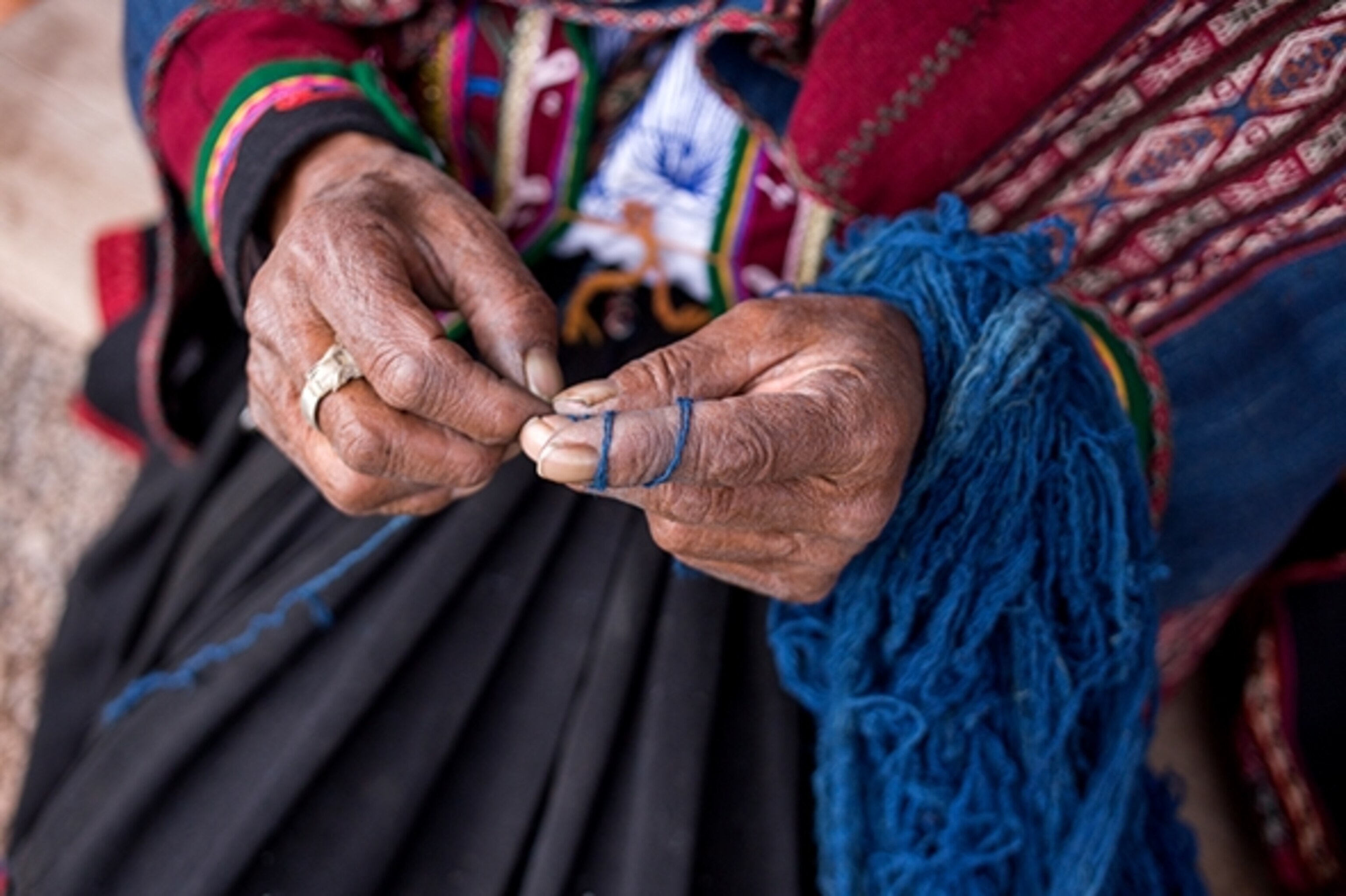
Started by Chinchero native Nilda Callañaupa Álvarez, the organization works to keep the 2,000-year-old tradition alive in Peru while supporting the women of the community. “Real textiles were always made of the finest fibers with natural Andean colors, and with the tightest weaving and intricate designs,” Álvarez says. “That’s what we’re doing here as much as we can.”
Practical tip: The city of Cusco stands at more than 11,000 feet above sea level. Don’t let altitude sickness ruin your first few days in town.
Take advantage of mate de coca, an herbal tea made from raw coca leaves that many believe helps alleviate altitude’s affect on the body. (Don’t worry, coca leaves are relatively harmless and produce a tea that’s about as stimulating as a cup of coffee.)
In addition to mate de coca, drink lots of water and avoid eating heavy meals immediately upon arrival. Follow my lead and see this as an excuse to indulge in fresh ceviche, raw fish from the Peruvian coast that’s “cooked” in citric acids, at Maizito Grill or any of the other restaurants surrounding the Plaza de Armas.
Alcohol will go to your head more quickly at this elevation, too, so take care with those delicious Pisco Sours!

